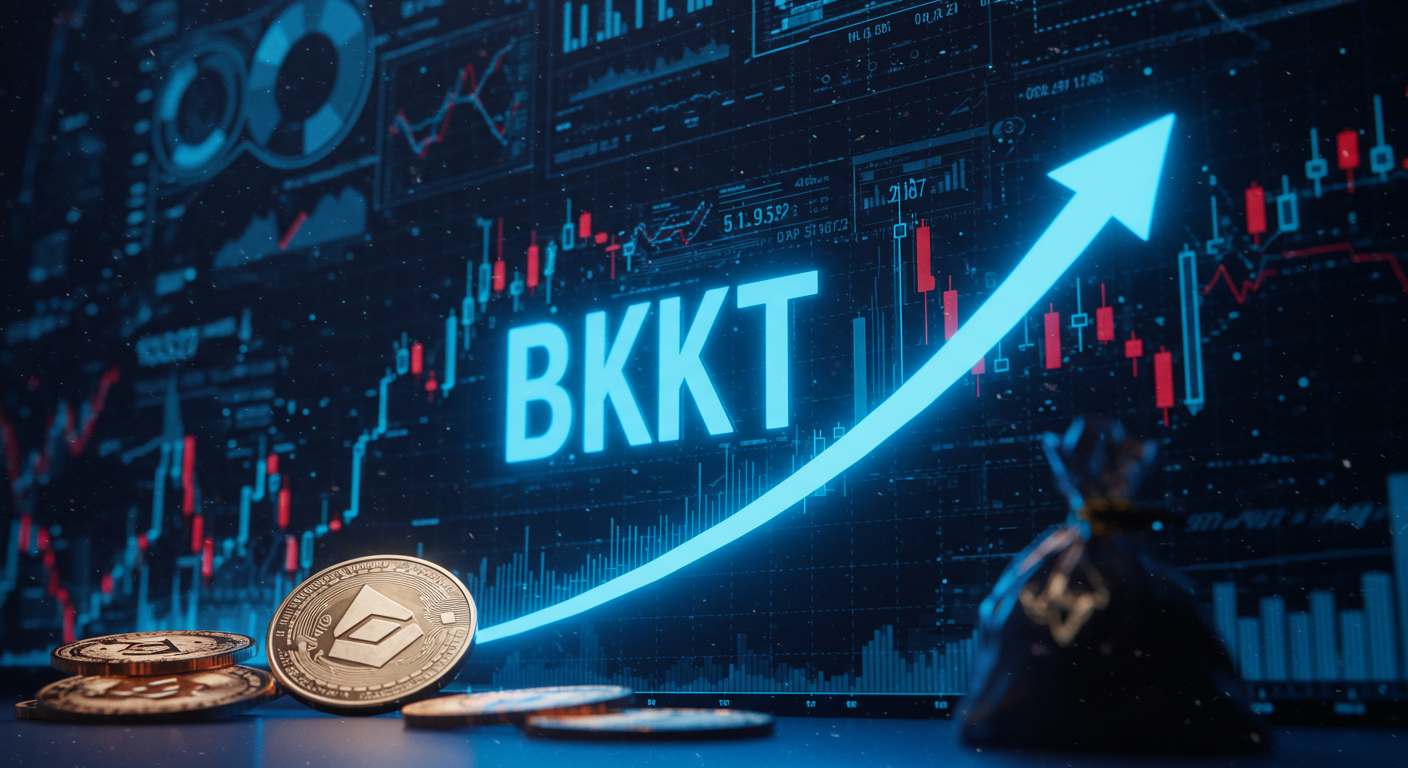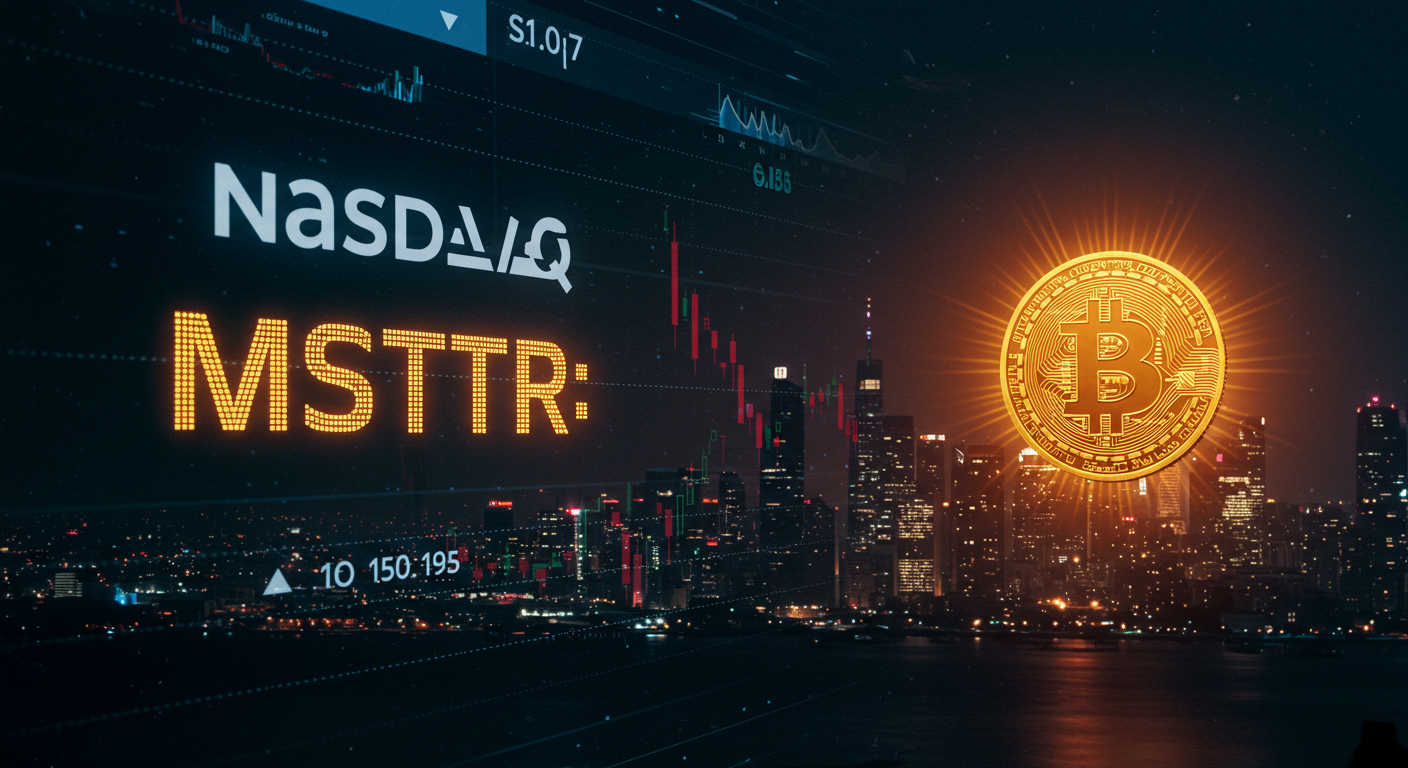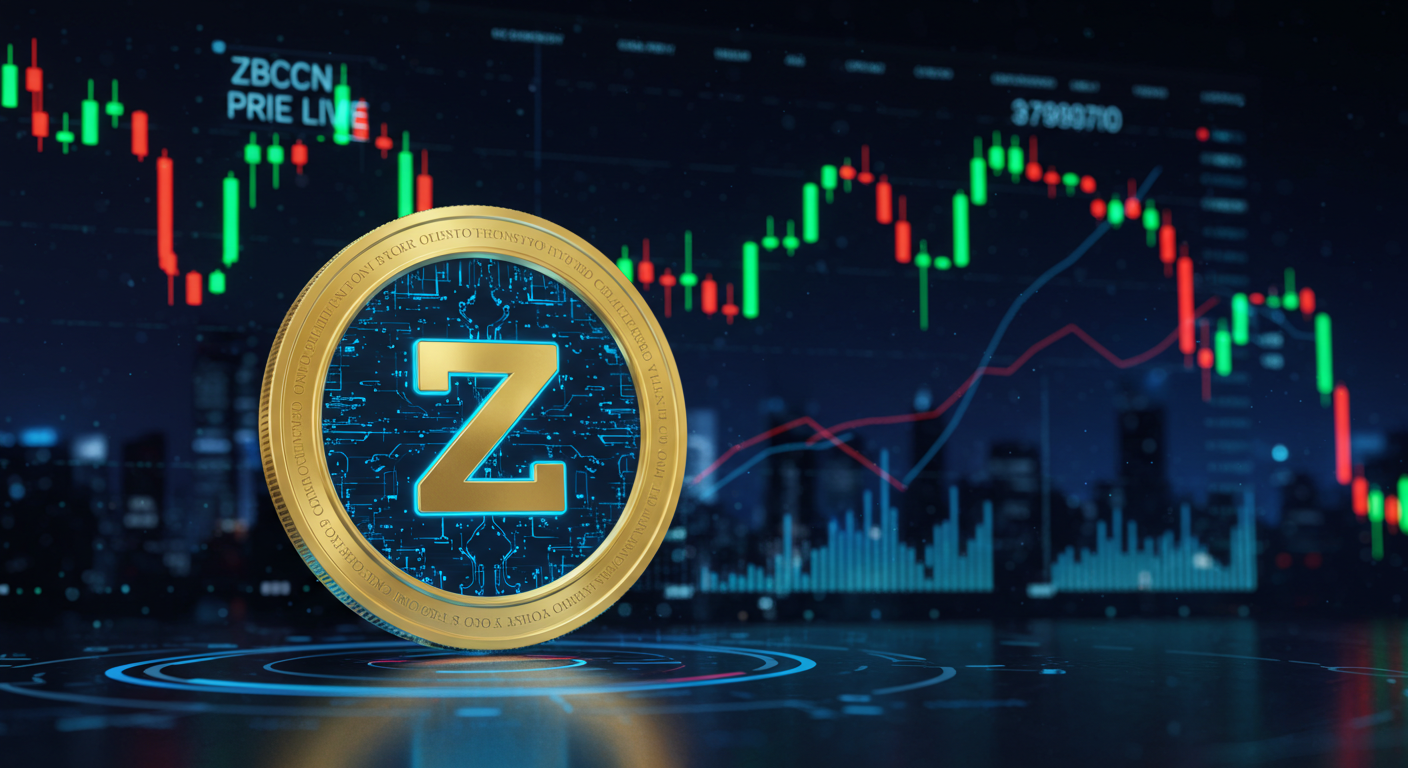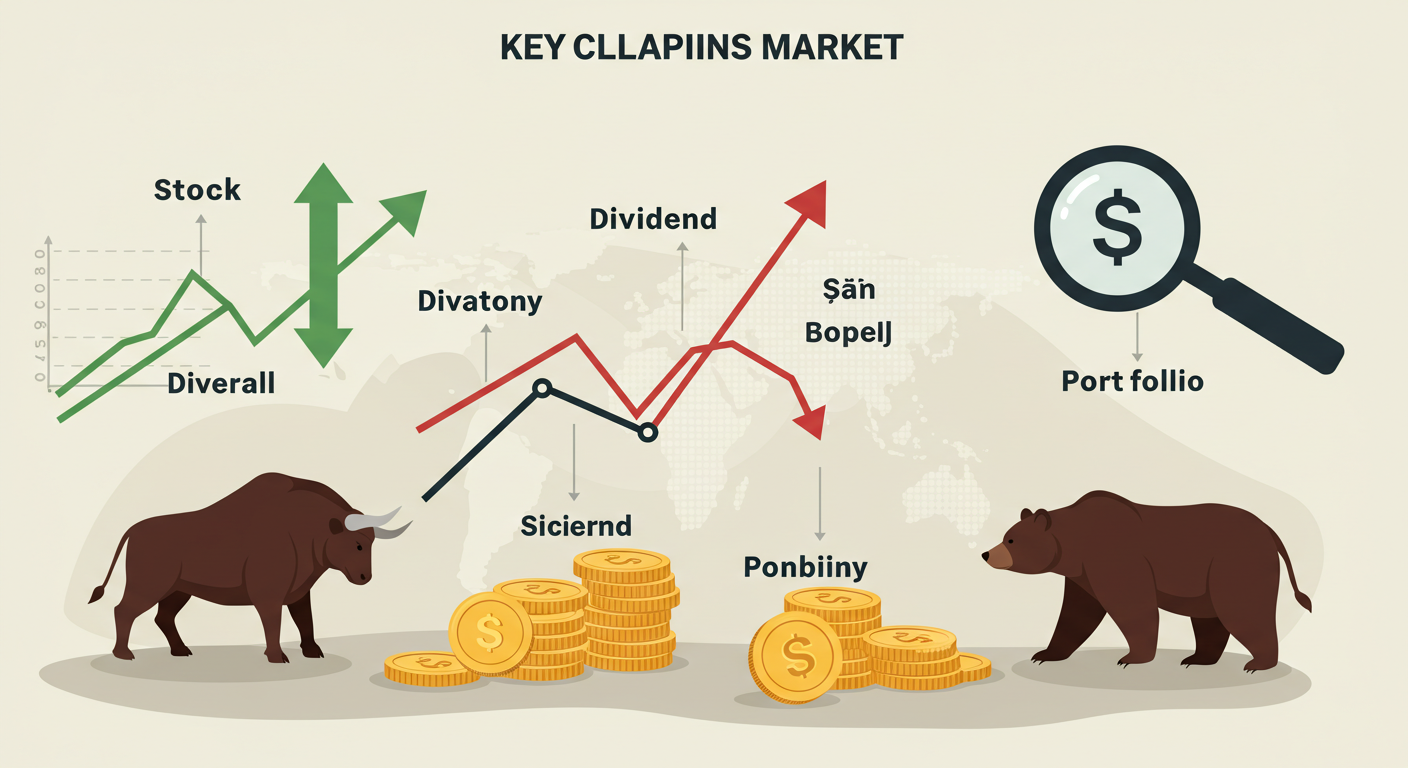Exchange-Traded Funds (ETFs) have long been a popular financial product, allowing investors to gain exposure to a diverse set of assets without the need to purchase each individual security. ETFs combine the benefits of mutual funds with the flexibility of stocks. However, with evolving market demands and the increasing complexity of financial instruments, ETFs are undergoing transformations to enhance their capabilities and appeal. One such innovative development is ETFswap (ETFs), which is steadily revolutionizing the ETF market and reshaping how investors trade, manage, and access various asset classes. In this article, we will explore how ETFswap (ETFs) is making waves in the world of investment and how it benefits both retail and institutional investors.
What is ETFswap (ETFs)?
ETFswap (ETFs) refers to a new method of trading ETFs using innovative swap agreements, offering investors a unique and flexible way to gain exposure to underlying assets in an ETF. A swap agreement is essentially a contract between two parties to exchange future cash flows or returns based on the performance of an asset or index. In the context of ETFswap, this allows investors to avoid the need for the traditional buying and selling of ETF shares in the market.
Instead, they enter into swap agreements that provide them with the same exposure and potential returns as holding the underlying ETF. ETFswap products are designed to offer more customization, flexibility, and efficiency than traditional ETFs, making them an attractive option for both seasoned traders and institutions.
The Mechanism Behind ETFswap (ETFs)
The underlying mechanism of ETFswap is built on the concept of synthetic exposure. Instead of physically holding the underlying assets of an ETF, investors enter into a swap agreement with a counterparty, such as a financial institution or a fund manager. This agreement allows them to mirror the returns of the ETF without owning the actual securities in the fund.
There are two primary types of swaps that can be used in ETFswap products:
- Total Return Swap (TRS): In a TRS, the investor receives the total return of the ETF, including both the capital appreciation and any income generated by the assets, such as dividends or interest. In exchange, the investor pays a fee to the counterparty, typically based on a percentage of the total value of the swap.
- Price Return Swap (PRS): In this case, the investor only receives the price appreciation or depreciation of the ETF, excluding dividends or other income. The fee structure is similar to that of a TRS.
The flexibility offered by ETFswap makes it an appealing alternative to traditional ETF investments, as it allows for easier access to a broader range of assets and markets, including those that may be difficult to trade directly.
Advantages of ETFswap (ETFs)
1. Cost Efficiency
One of the most significant benefits of ETFswap is its potential to reduce costs. Traditional ETFs often incur management fees, trading commissions, and other expenses that can eat into investors’ returns over time. With ETFswap, however, there is no need for the buying and selling of individual securities, which can lead to lower trading costs.
Additionally, swap-based ETFs can minimize capital gains taxes because the investor does not directly own the underlying assets. This makes ETFswap an attractive option for tax-sensitive investors, as it can potentially lead to tax deferral and more efficient tax treatment.
2. Enhanced Liquidity
Liquidity is crucial for any financial product, and ETFswap products are designed to provide enhanced liquidity. Traditional ETFs rely on the open market to match buyers and sellers, which can sometimes result in slippage or difficulties in executing large orders. In contrast, ETFswap products are settled directly between parties through the swap agreement, allowing for more efficient transactions and better liquidity, especially for less liquid or niche markets.
3. Customization and Flexibility
ETFswap offers a level of customization that traditional ETFs simply cannot match. Investors can tailor their swap agreements to meet their specific needs, such as adjusting the duration of the swap, choosing different underlying assets, or adding leverage. This flexibility enables sophisticated investors and institutional traders to create highly specialized portfolios with more precision.
For example, an institutional investor can gain exposure to a foreign market index or a specific sector without the need to hold the physical securities of that market or sector. ETFswap allows for the replication of various asset classes in a more efficient manner, offering a high degree of control over the portfolio’s construction.
4. Access to Complex and Niche Markets
ETFswap products can provide exposure to a wide array of asset classes and markets that may be difficult or impossible to access with traditional ETFs. For instance, swaps allow investors to gain exposure to commodities, emerging markets, or illiquid assets that may be challenging to trade directly.
By entering into swap agreements, investors can participate in these markets without the barriers of liquidity, high transaction costs, or the need for extensive due diligence on individual securities. This makes ETFswap a valuable tool for diversification and access to previously out-of-reach investment opportunities.
5. Reduced Counterparty Risk
While swap-based products inherently involve some level of counterparty risk, the ability to trade ETFswaps through centralized clearinghouses or through reputable financial institutions can significantly mitigate this risk. By using institutions with robust risk management practices, investors can feel more secure in their swap transactions. Furthermore, this centralized clearing can increase the overall stability and trustworthiness of ETFswap products, making them more attractive to risk-conscious investors.
The Impact on the ETF Market
ETFswap (ETFs) is altering the dynamics of the ETF market in several key ways. One of the most significant impacts is the potential for greater product diversification. As investors increasingly demand more specialized and niche investment options, the ability to trade swaps on a wide range of assets allows the ETF market to evolve beyond traditional offerings.
This shift towards more customized ETF products is also likely to lead to increased competition within the ETF space. Traditional fund managers will need to innovate and adopt new technologies to stay competitive, which could drive further improvements in transparency, cost efficiency, and performance. At the same time, more players entering the market may create additional liquidity and greater market depth.
Moreover, ETFswap (ETFs) offers the potential to reduce the overall complexity of ETF investing by providing a more direct and transparent method of gaining exposure to underlying assets. This could result in a broader audience of investors, from retail traders looking for lower-cost alternatives to institutional investors seeking more advanced trading strategies.
Challenges and Considerations
While ETFswap presents several benefits, it is not without its challenges. The main concern is the level of counterparty risk associated with swap agreements. Since these contracts are typically over-the-counter (OTC) agreements, there is always the possibility that one party could default on the swap terms, leading to financial losses for the other party. To mitigate this risk, it is crucial for investors to carefully assess the creditworthiness of their counterparties and consider using clearinghouses where possible.
Another challenge is the complexity of ETFswap products, which may be difficult for retail investors to fully understand. Due to the sophistication of swap agreements, investors may need to have a deeper understanding of the mechanics of ETFs and derivatives before they can effectively navigate the ETFswap market. As such, educational efforts and transparent communication from ETFswap providers will be key to expanding the adoption of these products.
Additionally, regulatory frameworks for swap-based ETFs are still evolving. Governments and financial regulatory bodies must ensure that these products are properly regulated to protect investors and maintain market stability. The regulatory landscape for ETFswap products is likely to evolve as the market grows, which could introduce additional complexities for investors and institutions.
ALSO READ: How to Identify Potential ETFswap Scams and Protect Your Investments
Conclusion
ETFswap (ETFs) is a revolutionary innovation that is reshaping the exchange-traded fund landscape. By offering greater flexibility, cost efficiency, and access to specialized markets, ETFswap is providing investors with a powerful tool for diversification and portfolio management. While challenges such as counterparty risk and regulatory uncertainties exist, the benefits of ETFswap products are clear. As the market continues to evolve, ETFswap is poised to play a pivotal role in the future of ETFs, transforming the way investors interact with financial markets and broadening their investment opportunities.
For investors looking to stay ahead of the curve, embracing ETFswap products could offer a competitive advantage in navigating the complexities of modern financial markets. As the market matures and more products come to market, ETFswap may become a staple of many investment strategies, offering unparalleled flexibility and efficiency.












Leave a Reply